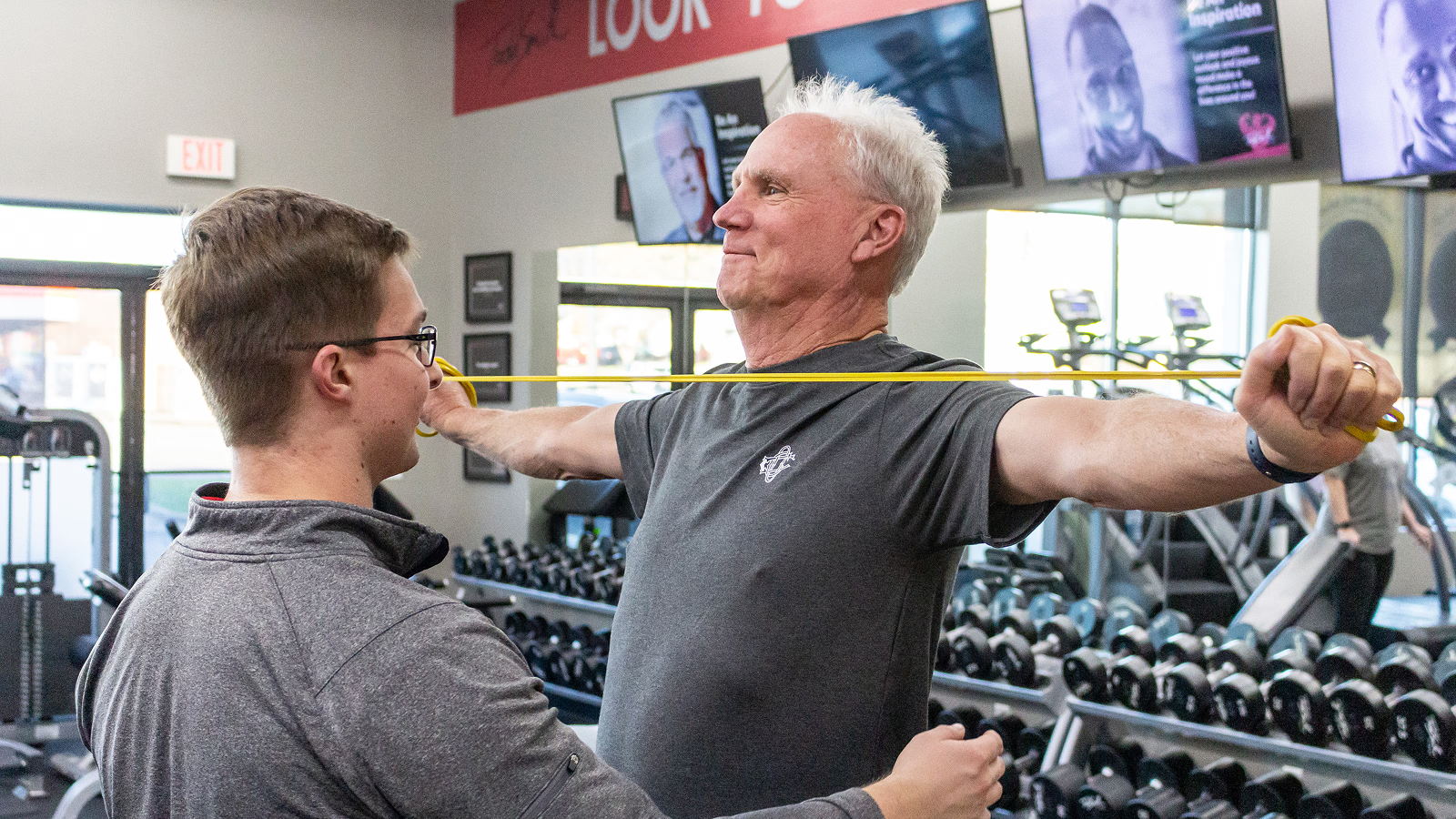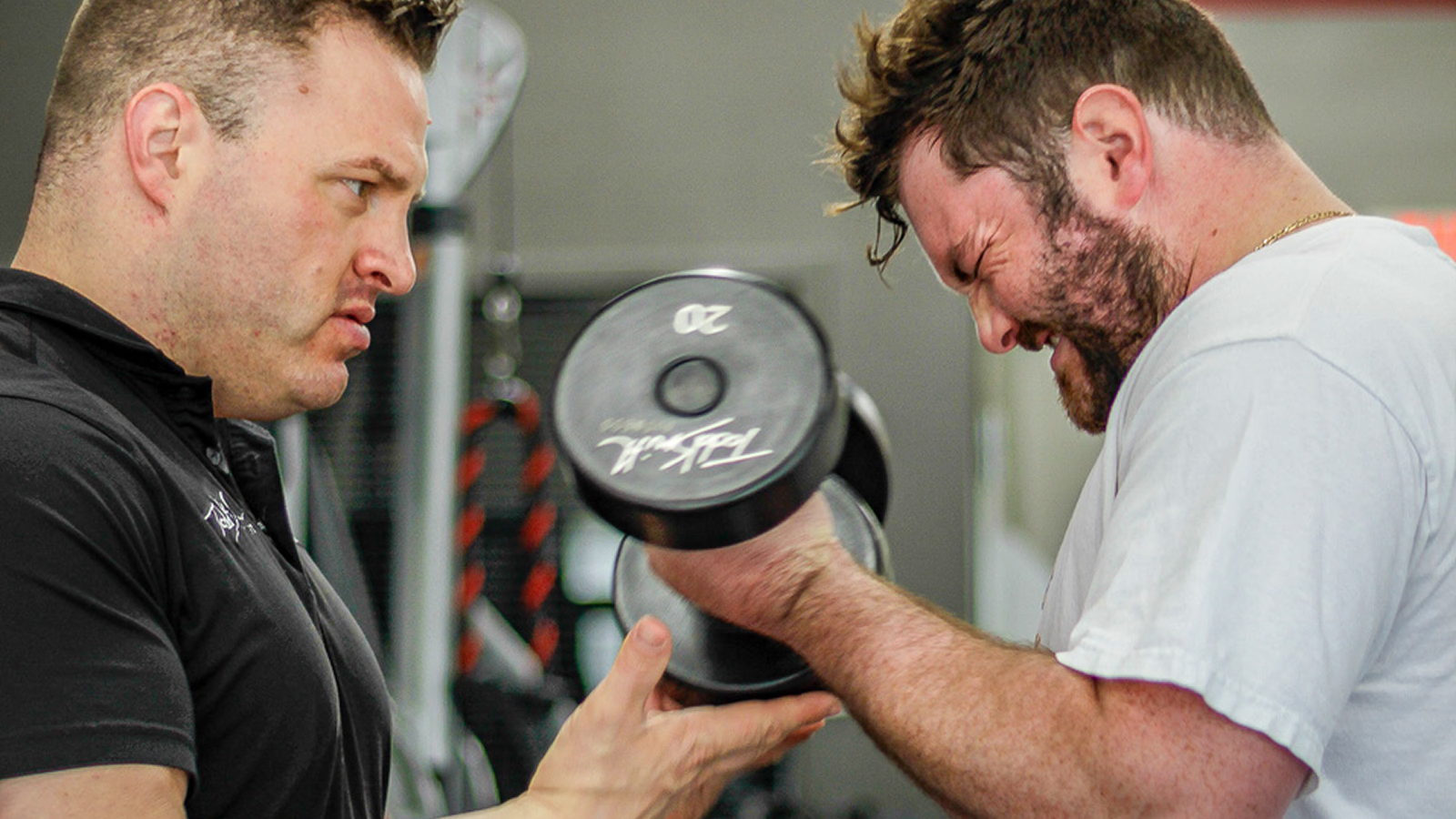Some exercises have achieved near-mythical status in gyms - deadlifts, barbell squats, even running - hailed as essential for anyone looking to build strength or improve fitness. But just because an exercise is popular doesn’t mean it’s right for you.
In fact, many of these “gold standard” moves come with a heavy price: unnecessary fatigue, inefficient muscle recruitment, and a high risk of injury. If you’re not an athlete or competitive bodybuilder, these exercises may be doing more harm than good.
Here’s a breakdown of commonly accepted exercises that often backfire for the average person, and what to do instead.
1. Deadlifts: The King of Systemic Fatigue
There’s no denying deadlifts are a total-body movement. But that’s exactly the problem.
They hit multiple muscle groups, but only a little bit each. There’s no focused development, and the fatigue they generate often outweighs the benefits. Add to that the fact that most people lack the spinal alignment, hip control, or pelvic posture to perform them safely, and you’ve got a recipe for lower back injury, not strength gains.
Smarter Alternatives:
- Romanian deadlifts
- Reverse hyperextensions
- Back extensions
2. Barbell Squats: High Risk, Low Return
Barbell squats are touted as the ultimate leg-builder, but for most people, they’re just a fast track to fatigue and joint strain.
This movement taxes the entire system, not just your legs. And if your form is even slightly off, you’re putting your knees, lower back, and even shoulders at serious risk. For the average gym-goer, the juice just isn’t worth the squeeze.
Smarter Alternatives:
- Belt squats
- Leg presses
- Step-ups
3. Shoulder Press: More Strain Than Strength
Overhead pressing may look simple, but it demands a level of shoulder mobility and spinal stability that most people simply don’t have.
This exercise mainly targets the front delts, muscles that already get worked during most chest presses. If you can’t raise your arms overhead without leaning back or arching your spine, you’re just stressing your neck and lower back for minimal payoff.
Smarter Alternatives:
- Lateral raises
- Rear delt flyes
- Machine presses with back support
4. Barbell Rows: Strength or Strain?
Barbell rows are meant to build a stronger back, but they often just build frustration.
Holding the bent-over position requires strong hamstrings, glutes, and core. For most people, fatigue sets in before the targeted muscles even get enough stimulus. That means you’re spending energy fighting gravity instead of training your lats.
Smarter Alternatives:
- Chest-supported rows
- Lat pulldowns
- One-arm dumbbell rows
5. Lunges: Coordination Overload
Lunges look straightforward, but they require a surprising amount of balance, joint control, and coordination.
If you lack stability, which many people do, your nervous system fatigues before your muscles. That means you’re wobbling through reps and exhausting your body without effectively training your legs.
Smarter Alternatives:
- Split squats
- Leg presses
- Step-ups
6. Running: The Cardio Trap
Running is often considered the go-to exercise for fat loss. But unless you have optimal joint mobility in your hips, knees, and ankles, it’s more punishment than progress.
Most recreational runners use compensatory movement patterns that lead to lower back pain, joint wear, and a flood of stress hormones. Plus, the repeated impact can break you down more than it builds you up.
Smarter Alternatives:
- Brisk walking
- Elliptical training
- Stationary biking
The Bigger Picture: Fatigue Isn’t a Goal
Fatiguing your body isn’t the same as training it well.
When you constantly choose exercises that spike systemic fatigue, your recovery suffers. You train less consistently, make poorer food choices, and burn out faster. That’s not sustainable, and it’s definitely not efficient.
The goal isn’t to do the hardest exercises, it’s to get the best results with the least risk. Smart substitutions keep you moving forward, pain-free, and with better energy throughout your day.
Final Thoughts
Not every “hardcore” movement belongs in your workout.
Exercises like deadlifts, barbell squats, and running have their place, but only if your mobility, structure, and goals align. For most people, there are far better ways to build strength, improve fitness, and stay injury-free.
Train smart, not just hard. Your body will thank you.








